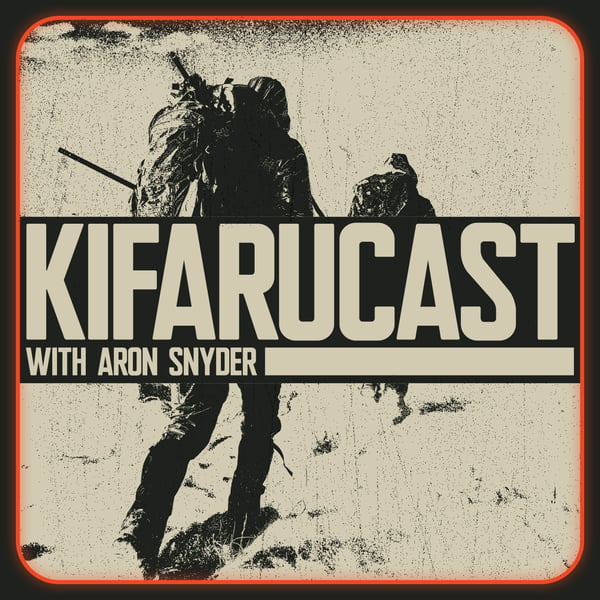Elk Calling Part 1
KIFARUCAST
Kifaru International
4.9 • 2.7K Ratings
🗓️ 31 July 2018
⏱️ 78 minutes
🧾️ Download transcript
Summary
Transcript
Click on a timestamp to play from that location
| 0:00.0 | What's going on everybody? Welcome to Kevara Casper here bright in early 6 a.m. |
| 0:04.7 | on a Friday morning with the one and only Chris row from row hunting resources. |
| 0:09.6 | He got Aaron across from me. I just want to drop a couple sponsors names here. |
| 0:13.2 | We got GT's kombucha. I got the chia seed flavor. Cherry, chia, Aaron. |
| 0:18.4 | What are you, Barry? What do you call this chia seed flavor? |
| 0:21.0 | You know, we already had to re-record this once. |
| 0:26.6 | It's just not for you. It rhymes with whizz. Okay. |
| 0:30.0 | It's a bit of a whale. Whale whizz flavor. |
| 0:33.7 | Yeah, it's not for me. I've got gingerberry and that's one of my favorites. |
| 0:38.3 | You got Copenhagen over there. Snuff. |
| 0:40.4 | Yeah, I've got a big. It's not that pussy school. |
| 0:42.0 | I've got the big three finger dip in today. |
| 0:44.0 | And then we got the monster across from from Chris. |
| 0:47.1 | Monster rehab. Rehabs, absolutely. |
| 0:50.3 | It's got extra caffeine and cocaine, do we? |
| 0:53.0 | Yeah. Yeah. |
| 0:55.0 | No sugar, though. No sugar. |
| 0:57.1 | Oh, that's just got sucralose or something in it. |
| 0:59.3 | Aspercane. |
| 1:00.1 | Yeah. There's something that gives rats to |
| 1:02.6 | in California cancer in that I guarantee. |
| 1:04.8 | Yeah, but it's just the fact that they're in California, I think. |
... |
Please login to see the full transcript.
Disclaimer: The podcast and artwork embedded on this page are from Kifaru International, and are the property of its owner and not affiliated with or endorsed by Tapesearch.
Generated transcripts are the property of Kifaru International and are distributed freely under the Fair Use doctrine. Transcripts generated by Tapesearch are not guaranteed to be accurate.
Copyright © Tapesearch 2025.

